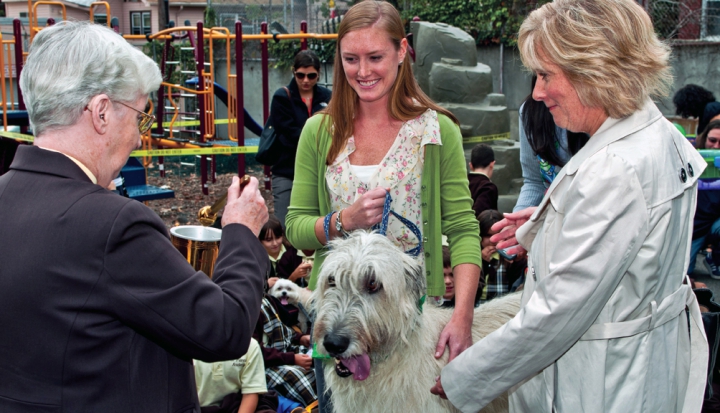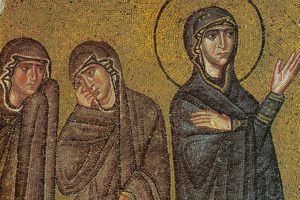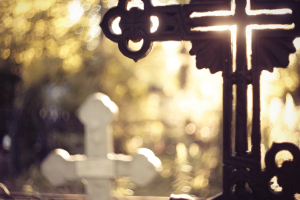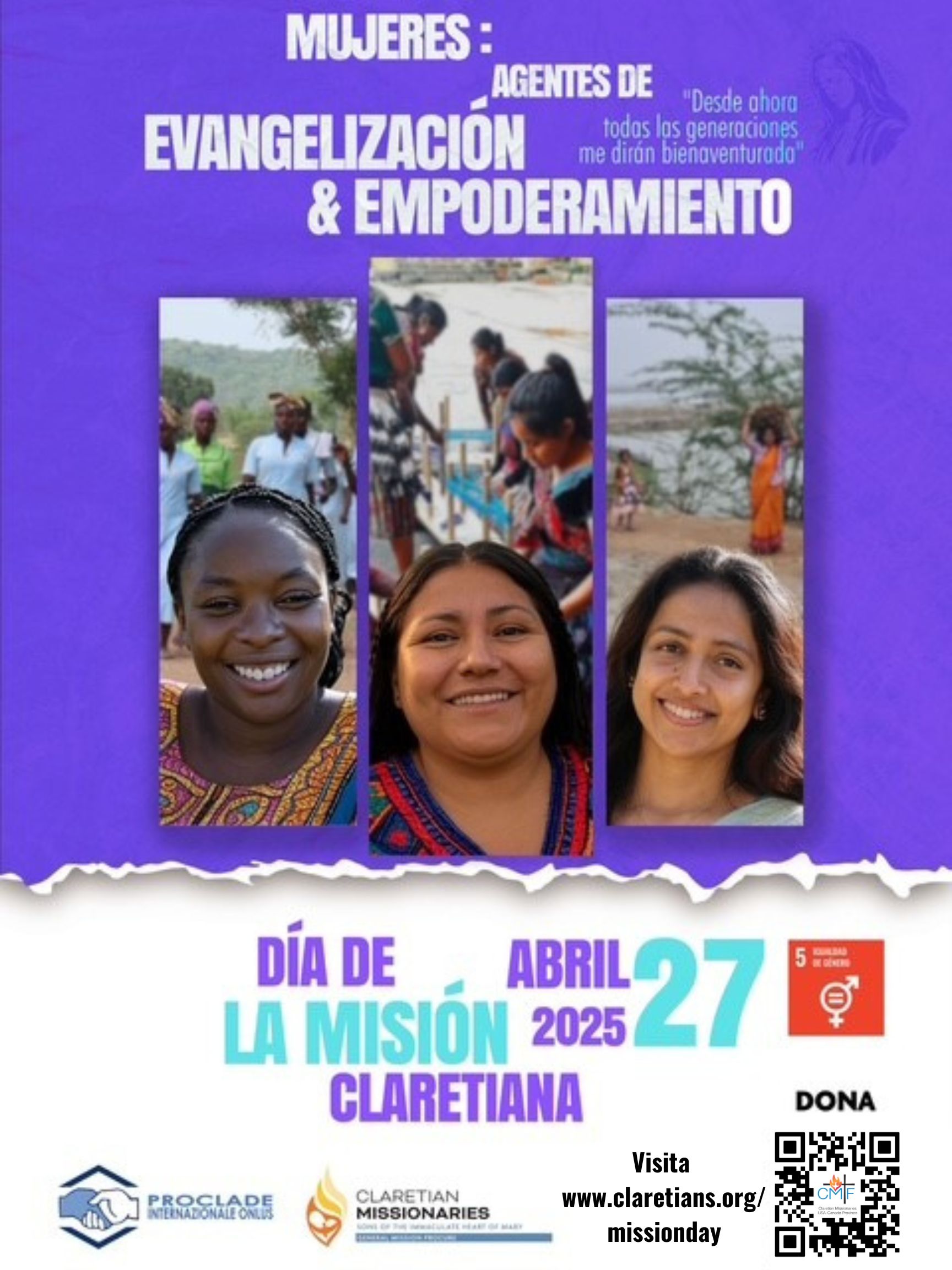Every year, like clockwork, my dogs receive a blessing on October 4, the feast of St. Francis of Assisi. The warranty on the blessing doesn’t wear out, but I don’t want to take any chances on any of my charges. Neither do my fellow parishioners, as the Blessing of the Animals is a big deal in our parish. Everyone seemingly has a critter dependent upon him or her.
This year my parish welcomed a huge collection of cats in crates, dogs on leashes, and hamsters as far as the eye could see. And for those paying particularly close attention, there was one lonely snail named Gary, after a character on SpongeBob SquarePants. There were enormous dogs that could have easily been mistaken for not-so-small horses and tiny teacup varieties that could have fit four to a saucer, all eagerly awaiting their annual blessing.
The blessing also attracted a clowder of cats, a bale of turtles, a knot of snakes, a company of parrots, a horde of hamsters, a group of guinea pigs, and a glint of goldfish blissfully adrift in their fishbowl. Several police officers mounted on their trusty steeds towered over the assembled crowd, dutifully waiting their turn. After all, the horses need a blessing, too.
The dogs were curious and the cats were cautious, but there were no reported instances of interspecies violence. After all, St. Francis represents peace and balance in the environment. He composed the “Canticle of the Creatures,” tamed wolves, preached to birds, and sought solace in the countryside. He once gave up his bed so a donkey could rest instead. It’s natural that we, as believing Christians, ask for his protection over the furry, scaled, and feathered loved ones in our families.
For St. Francis, every creature—that is, everything that God created—was sacred. The sun, the moon, birds, humans, butterflies, and even rabid wolves were a part of God’s plan and a sign of God’s love. German philosopher Max Scheler once commented on St. Francis’ love of creation by saying, “Where the modern cynic sees something ‘buglike’ in everything that exists, St. Francis saw even in a bug the sacredness of life.”
The Catholic custom of pet blessings originated from early Christians who lived close to the soil and nature. They were farmers whose livelihoods depended upon the health of their animals. Thus early Christians would seek out the desert fathers to bless their charges. That’s why Italian Christians have their animals blessed twice a year, once on St. Francis of Assisi’s feast day and again on January 17, the feast of St. Anthony of Egypt—the monk who established the Christian monastic tradition.
The blessing of the animals is one of the few Christian celebrations that transcends denominational boundaries. Lutherans, Episcopalians, and Presbyterians, among other Christians, participate in the festivities. Jewish communities, too, will often bless their farm and companion animals during a ceremony known as the Simchat Noach. The latter custom didn’t extend to or influence the Catholic community but rather existed alongside it.
When the ceremony at my parish began, a respectful hush fell over the creatures in the churchyard. There, under Brother Sun, with hair and fur being ruffled by Brothers Wind and Air, the congregation—both two- and four-legged—were blessed by Sister Water. When the pets were sprinkled, some accepted it with joyful, exuberant abandon. Others seemed slightly put out.
It was remarked by several people present that the moment the priest raised his arms in benediction, the animals that had been restless, growling, and defending their territory all simultaneously gave the priest their utmost attention. It’s no coincidence that the birds to which St. Francis of Assisi lectured in Spoleto, Italy also listened dutifully.
Such a large collection of animals assembled in a church parking lot serves not only the pets but also serves as a community-building experience for their owners. In addition to our own pets, pet owners love other pet owners. And let’s not forget that the sight of such a large assemblage of creatures serves as great advertising to the wider community that the church is thriving and relevant in an otherwise disjointed and impersonal era.
Pets expand the lives of their owners. While in their presence, we feel comforted, safe, secure, and loved. We, in turn, are given those beautiful, precious moments of God’s overpowering grace with them to show we can love. In their simple state, my ca de bou mastiffs prompt me to remember to be kind, patient, and generous.
In his commentary on the Song of Songs, St. Bernard of Clairvaux admits, “I have seen a fraction of [God’s] glory and it is awesome.” Having dogs in my life, I can honestly say I’ve seen a fraction of God’s love in their eyes. If God loves me with even a fraction of the love I have for my dogs, I know he truly, completely loves me. My dogs are blessed every year not only because of my concern for them but also from my gratefulness for having them in my life. It’s a win-win.
When the ceremony ended, the freshly blessed animals and their smiling owners shuffled, slithered, or galumphed home to await next year’s blessing. I looked around at the retreating menagerie and was struck by the idea that what we all had experienced, even if for just a few moments, was what the Garden of Eden must have been like—sans the leashes and cages, of course.
This article appeared in the October 2014 issue of U.S. Catholic (Vol. 79, No. 10, pages 47-48).
Image: Flickr photo cc by Saint Francis Academy














Add comment